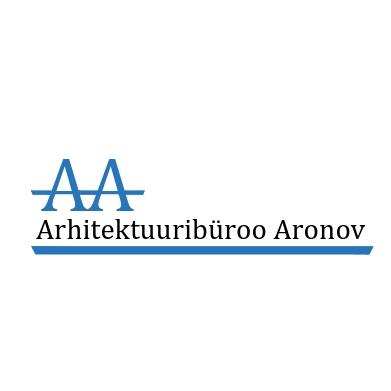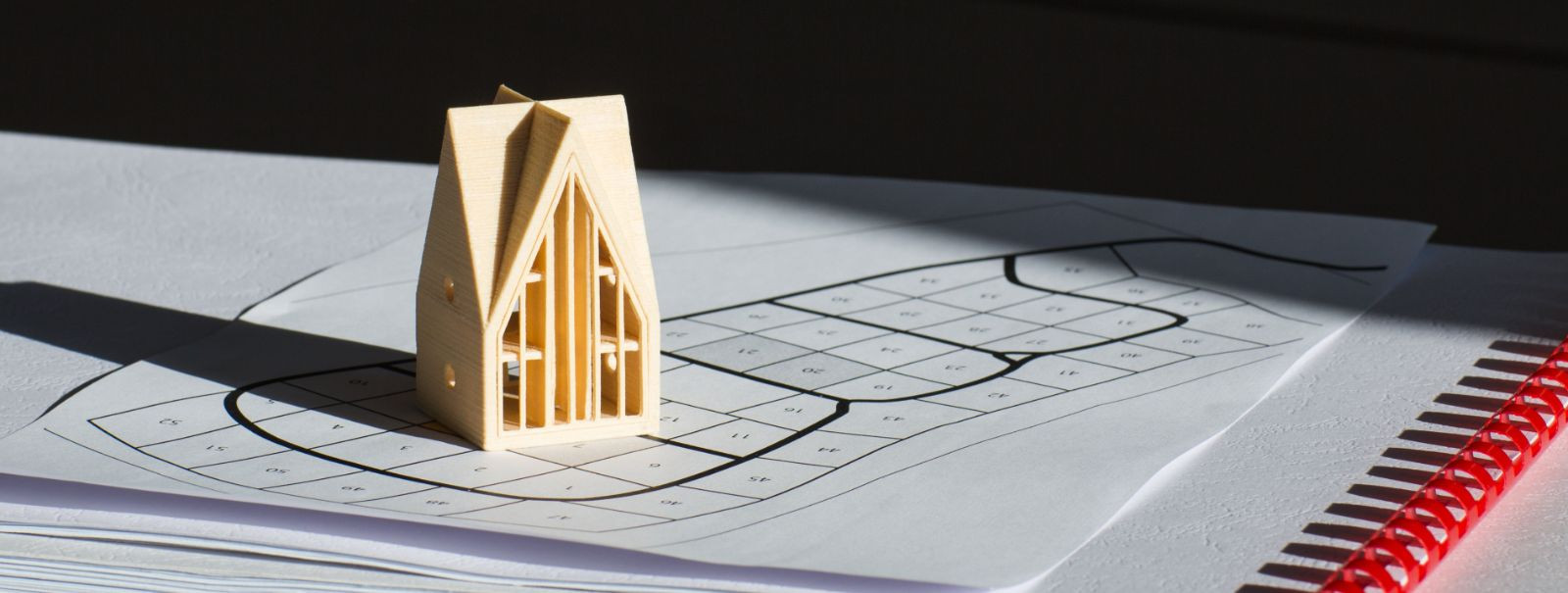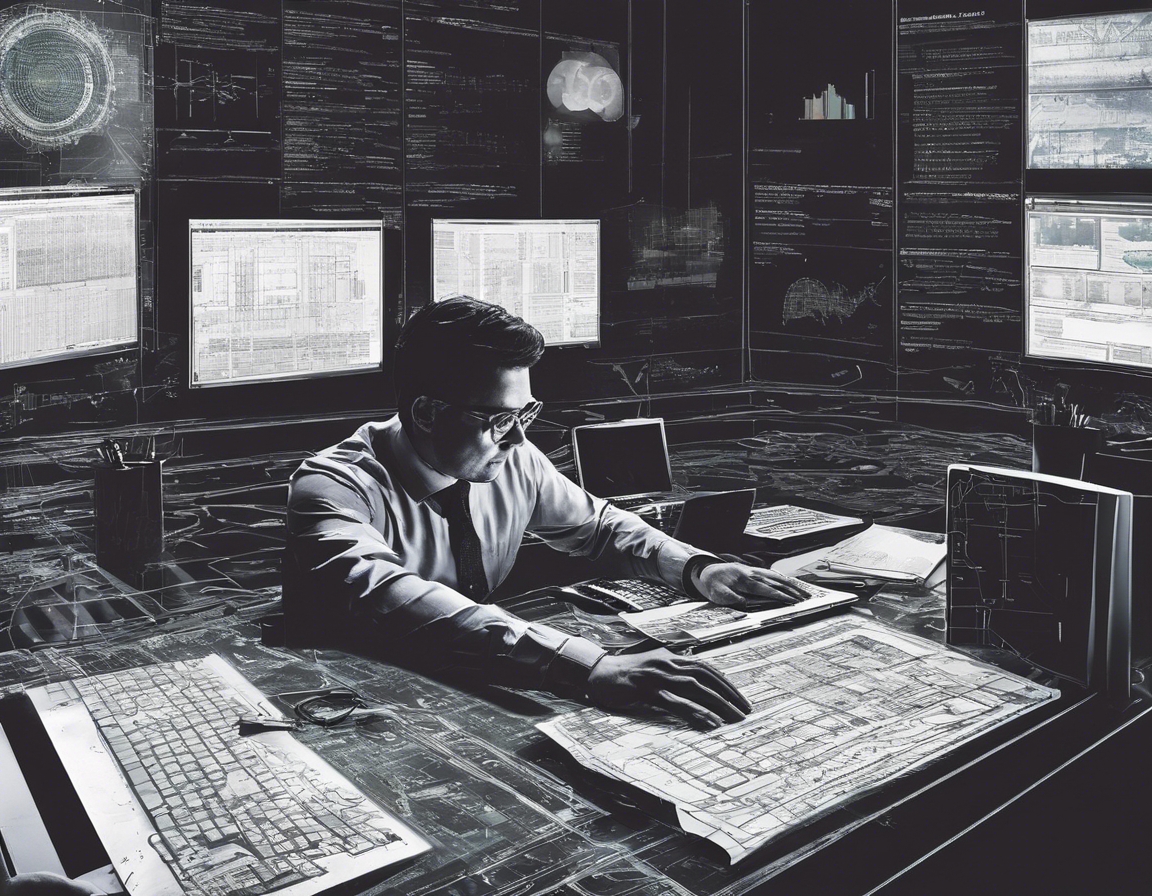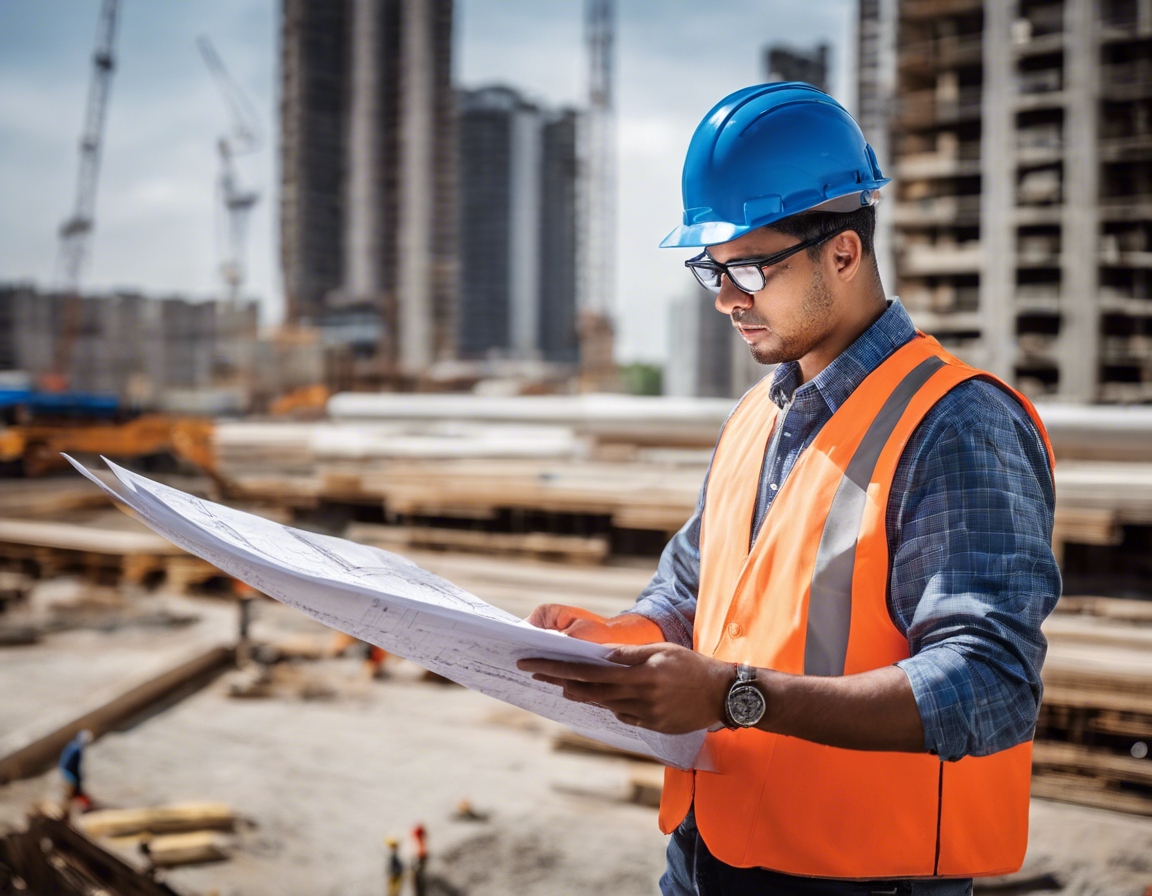5 key trends in modern construction design
The landscape of modern construction design is ever-evolving, with innovation and sustainability at its core. As we forge ahead into a future where the built environment plays a pivotal role in societal development, we witness the emergence of trends that not only redefine aesthetics but also enhance functionality and resilience. In this post, we explore five key trends that are shaping the future of construction design.
1. Sustainable and Green Building Practices
Energy efficiency remains a cornerstone of sustainable design, with architects and builders focusing on reducing the carbon footprint of buildings. This includes the integration of renewable energy sources, such as solar panels, and the implementation of high-performance insulation and glazing.
The selection of materials has shifted towards those with lower environmental impact. Recycled, reclaimed, and responsibly sourced materials are becoming the norm in modern construction projects.
Adherence to green certifications like LEED, BREEAM, or WELL ensures that construction projects meet stringent sustainability criteria, setting a benchmark for the industry.
2. Technological Integration in Construction
BIM technology has revolutionized the way buildings are designed, constructed, and managed, allowing for more precise planning and collaboration among stakeholders.
Smart buildings leverage IoT devices and automation to enhance efficiency and user comfort, making buildings more responsive to the needs of their occupants.
Prefabrication and modular construction techniques are gaining traction, offering faster build times and reduced waste, without compromising on quality.
3. Aesthetic and Functional Design Innovations
Biophilic design, which incorporates natural elements into the built environment, is gaining popularity for its ability to improve occupant well-being and connect people with nature.
As the way we live and work evolves, so does the need for spaces that can adapt. Flexible design allows for buildings to serve multiple purposes and change with the needs of its users.
Architects are increasingly focusing on the user experience, ensuring that spaces are not only functional but also engaging and inspiring.
4. Focus on Health and Well-being
Indoor environmental quality is critical for occupant health, with a focus on air quality, thermal comfort, and acoustic design.
Maximizing natural light and ventilation not only reduces energy consumption but also enhances the well-being of building occupants.
Wellness spaces, such as fitness centers and relaxation areas, are becoming integral parts of modern construction design, reflecting a holistic approach to occupant health.
5. Resilience and Disaster-Proof Design
With climate change posing new challenges, buildings are being designed to withstand extreme weather conditions and adapt to changing environments.
Technological advancements have led to the development of earthquake-resistant designs that protect buildings and their inhabitants during seismic events.
Flood-resistant construction methods are increasingly important in areas prone to flooding, ensuring that buildings remain safe and functional during and after such events.






Comments (0)